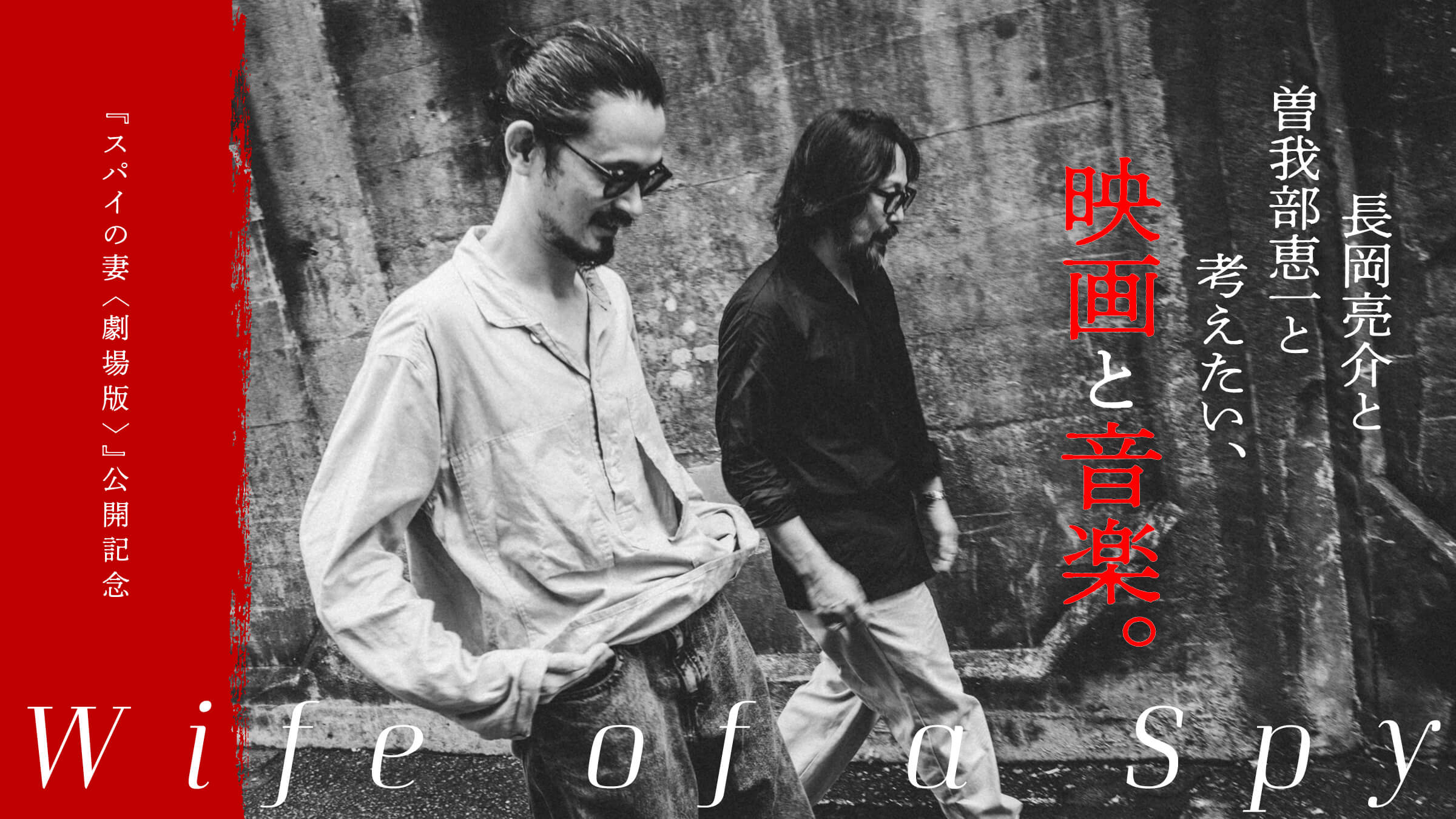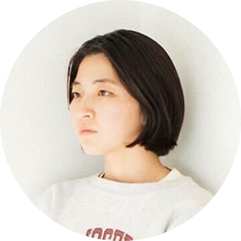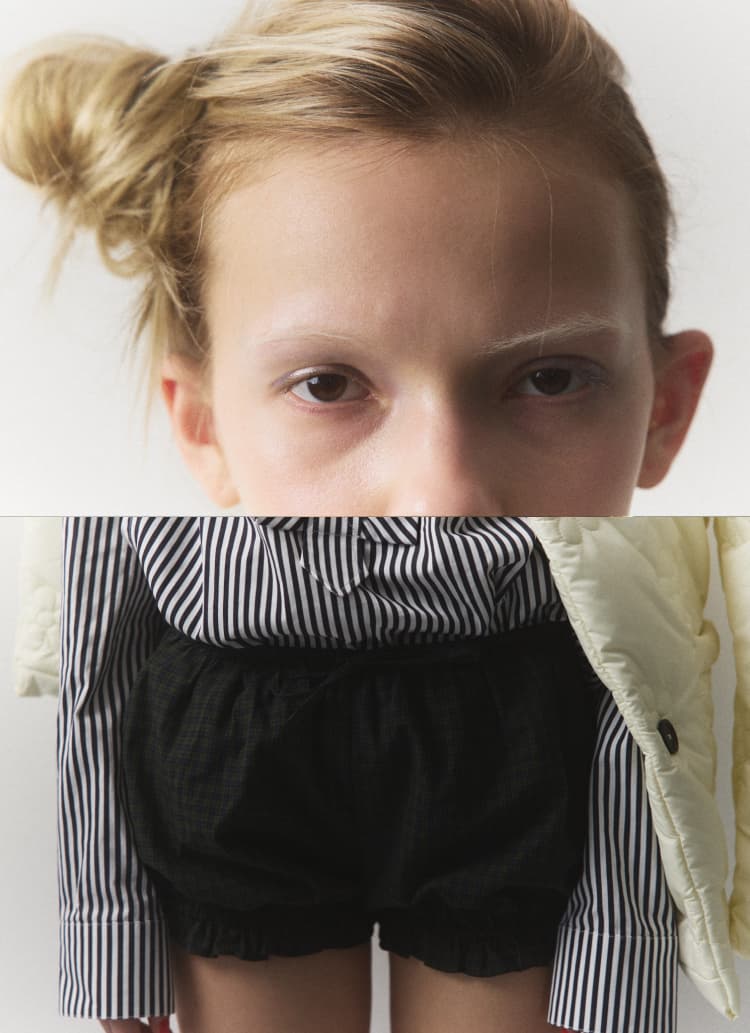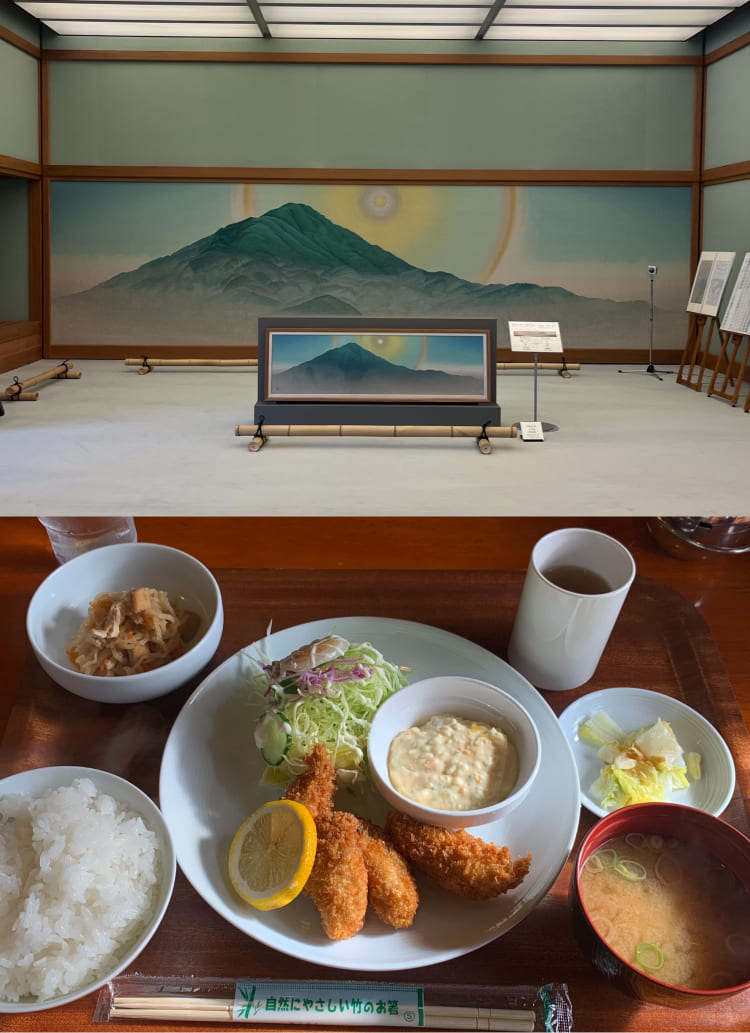The role of giving reality to the period and world of the work.

Nagaoka:I am recognized as a guitarist, and I wondered if I was chosen to make music with the guitar. I thought so, but that was not the case. When I talked to the director, he told me that the music of the 1940s, which is the setting background of "The Spy's Wife," has almost no use for electric guitars, and that's why he went in the direction of not using guitars.
Sogabe:I see. So the instruments were also adapted to the times.
Nagaoka:The director's image of sound was the standard image for film music, using strings and wind instruments, so I decided to try that kind of composition. I had no experience.
Sogabe:I was surprised that you didn't use a guitar. I thought it would be more of an abstract guitar sound, but you used piano and strings, and it was very well-crafted.

The film "Theatre," which you worked on, was mainly acoustic guitar, wasn't it?
Sogabe:From the beginning, an acoustic guitar was specified. The story is about a poor couple living in a four-and-a-half-mat room a long time ago, so they probably only have an acoustic guitar. They didn't want the music to be gorgeous, or even high quality, but they wanted it to be in the style of a couple lying down in their room and playing acoustic guitars in a simple manner.
Nagaoka:I see that "Gekijo" also reflects the worldview of the work in its music.
Sogabe:When I tried to make cool music, it was NG because it was too cool. They were still in the growth stage, so it was better to be immature.
So you painted the feelings of the characters.
Sogabe:On the other hand, there is a scene where a cool theater company appears, like a rival of the main character, and I made good music for it.
Nagaoka:Contrast.
Sogabe:Yes, yes. The music is the image that the main character is longing for. It's not so much to enhance the story as to color the protagonist's state of mind.


Did you put more emphasis on the music in "The Spy's Wife" as well, to make the music more in tune with the character's feelings?
Nagaoka:This work has the unsettling atmosphere of wartime and the fear of the unknown. I wanted to depict that atmosphere and the mind of the main character living in such an environment.
Sogabe:I liked the tension. I said "disturbing," but there was a creepy feeling all the way through. I couldn't take my eyes off what was going to happen.
Nagaoka:Thank you very much. I tried to create an authentic feel to the ear, but at the same time to be impressive. I tried to create a sense of tension by minimizing the instrumentation in the recording and emphasizing the rawness of the instrumental tones.
Sogabe:That's good because it's not an exaggeration.

Nagaoka:That was my impression when I first met the director. I took the liberty of saying so, but I got the impression that he didn't want anything superfluous. Also, I chose an image with a slightly snooty sound. It is not like a piece of music, but rather the sound of the atmosphere of the scene.
Sogabe:With this story, I think it would fit with a crazy gorgeous orchestra. But it's the music that doesn't, and I think that's why it has stayed with me.
As for the historical background, music from films such as "Casablanca" or "Gone with the Wind," for example, would also fit. But in "The Spy's Wife," the minimalist, melody-less, rustic music is as dark as I wanted it to be. The final scene has the air of a war movie, with both a bad ending and a happy ending.
Nagaoka:It was a great balance.
Sogabe:Yes. I'm really glad that the music there fit in well.
Nagaoka:That's too much praise (laughs).




![WALKER'S CLUB H] A perfect match for amber-colored whiskey. Wood takes center stage both inside and out in the latest model of this long-selling speaker!](https://www.houyhnhnm.jp/wp-content/uploads/2020/11/top_main-4-700x483.jpg)
![WALKER'S CLUB H] A must-see for true music lovers. A documentary film about the recording studio that created city pop.](https://www.houyhnhnm.jp/wp-content/uploads/2020/11/top_main-3-700x483.jpg)
![【WALKER'S CLUB H] A marriage of milky oysters and whiskey.](https://www.houyhnhnm.jp/wp-content/uploads/2020/11/panel_JW02_2400_1350-1-700x394.jpg)
![【WALKER'S CLUB H] Ryosuke Nagaoka talks about music that does not fill in the blanks.](https://www.houyhnhnm.jp/wp-content/uploads/2020/11/panel_JW_2400_1350-700x394.jpg)
![【WALKER'S CLUB H] Tokyo Jihen's new song "Book of Life" has been selected as the theme song for the drama. The striking title of the house song is also profound.](https://www.houyhnhnm.jp/wp-content/uploads/2020/11/top_main-1-700x508.jpg)






